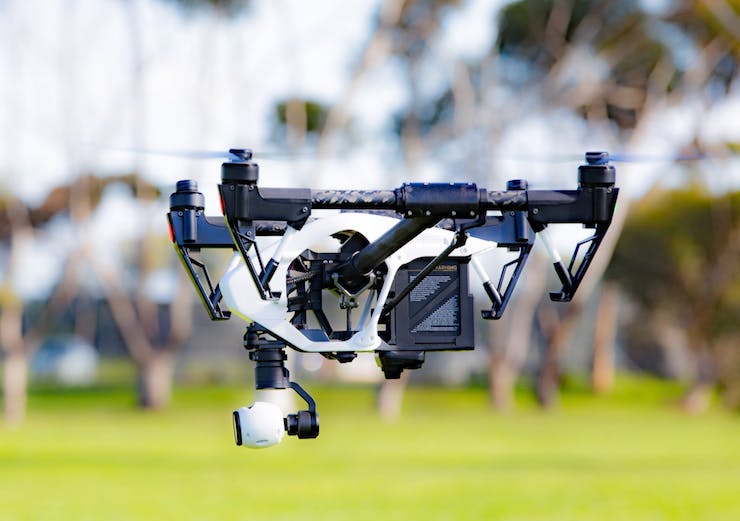
For the last 17 years, Japan has been hosting the PacSec Applied Security Conference as “an opportunity for foreign specialists to be exposed to Japanese innovation and markets and collaborate on practical solutions to computer security issues. In a relaxed setting with a mixture of material bilingually translated in both English and Japanese, the eminent technologists can socialize and attend training sessions.” This year’s November conference held in Tokyo was focused on “new discoveries about computer network hack attack”, including how one man found a way of hacking a drone.
The drone hacking device is called Icarus and was designed by Jonathan Anderson. Anderson is the manager of Advanced Security Research Group at Trend Micro DVLabs. Trend Micro DVLabs is a company that provides protection of data threats through analysis and prevention for personal and corporate platforms. As a security expert Mr. Andersson built a controller using materials readily available at hobby stores that is able to not only stop a drone, but can actually take over control of the drone.
Though Icarus can take control of many drones, it does not work on all drones. It will work on any remote controlled drone, plane, boat, or vehicle that uses DSMX technology. DSMX technology was developed by Spektrum Technologies, a company that specializes in top of the line controller systems for remote controlled hobby gear. According to their website DSMX technology is “the world’s first wideband, frequency-agile 2.4GHz signal protocol and the most advanced spread spectrum RC technology to date…what this means is that the unique coding in a DSM2 or DSMX wideband signal allows it to be heard well above the noise of surrounding 2.4GHz signals without requiring any more power.” However, Jonathan Andersson has found a way to corrupt this signal.
At the PacSpec Conference Andersson demonstrated how his Icarus device could hack a drone using DSMX technology in a matter of seconds. Of course the design of Icarus took much more than a few seconds. He built Icarus using a drone’s control unit, a microcomputer and a SDR (Software-Defined Radio). The way Icarus works is that it connects to the information being transmitted by the DSMX controller. Then it pairs with this channel information, blocks out the original controller, and takes over control of the drone. Once Icarus has blocked and taken control of the drone, the original operator can do nothing to stop it.
For some drone operators this could be disastrous. There is little to stop a talented hobbyist from building their own Icarus machine and stealing a very expensive toy right out of the sky. But for others this is great news. We are constantly hearing reports of drones causing incidents when flying in restricted airspace like airports. When this happens it derails the travel plans of thousands of people, not to mention the huge amounts of money it costs aviation companies.
As of now the way of stopping these drones was through shooting them down or jamming their frequency and causing them to crash. The problem with this is that the drone has to crash. This posses a risk to anyone or thing in the area. But, if equipped with an Icarus device personnel can safely take over control of a drone in a restricted zone and simply fly it out of range or into custody.
It’s safe to say that companies like Spektrum and other drone and RC suppliers will soon be seeking ways to prevent a device like Andersson’s Icarus. Although, according to Andersson that may not be so simple. “My guess,” he said “is that it will not be easy to completely remedy the situation. The manufacturers and partners in the ecosystem sell standalone radio transmitters, models of all kinds, transmitters that come with models and standalone receivers. Only a certain set of standalone transmitters have a firmware upgrade capability, though the fix is needed on the model/receiver side.”
|